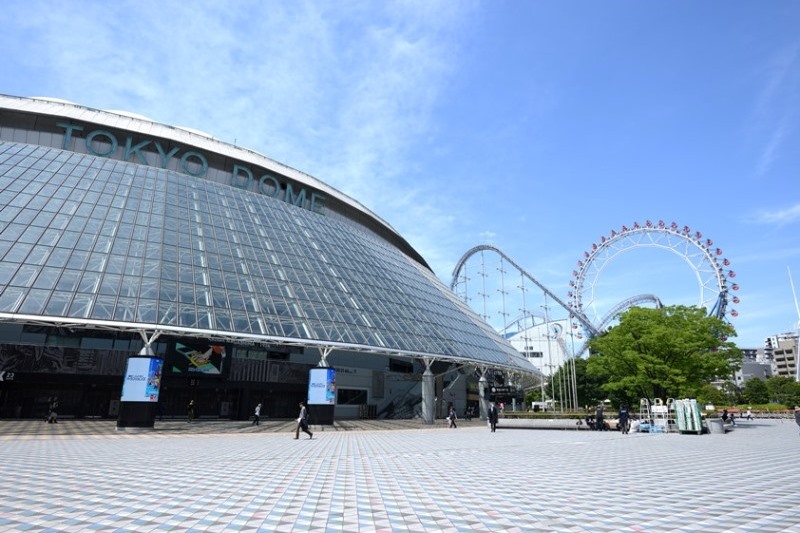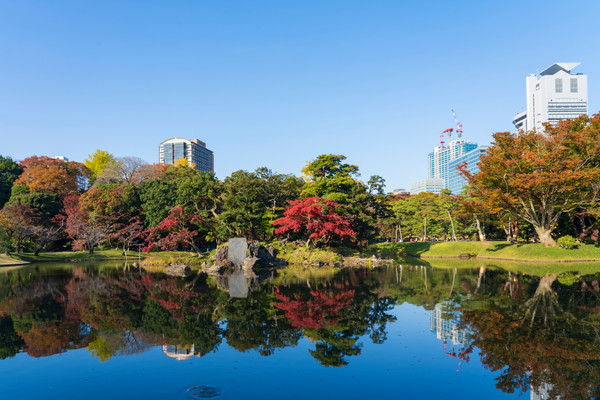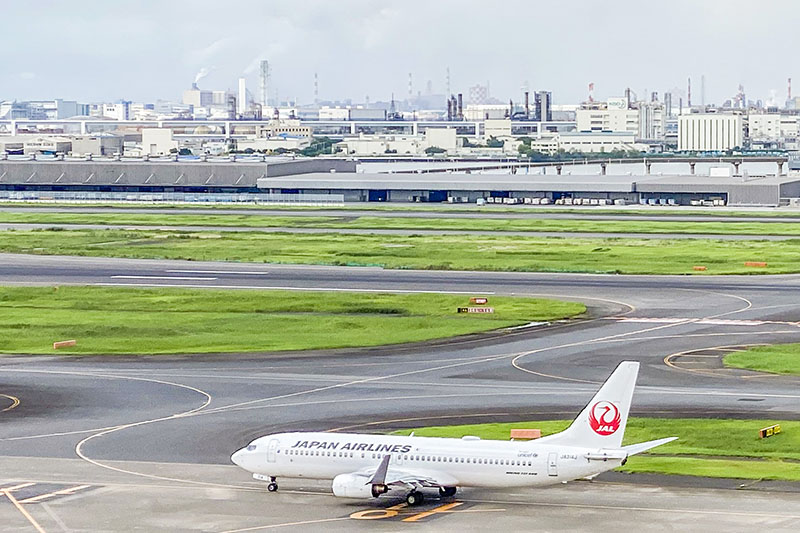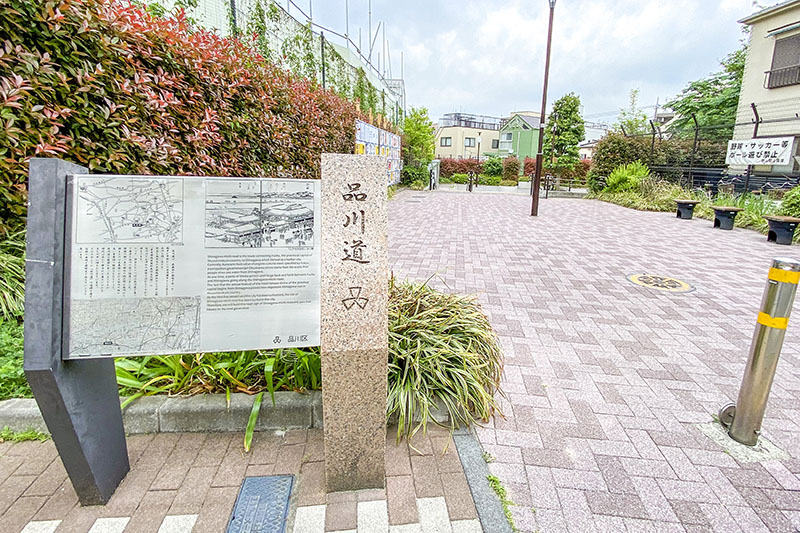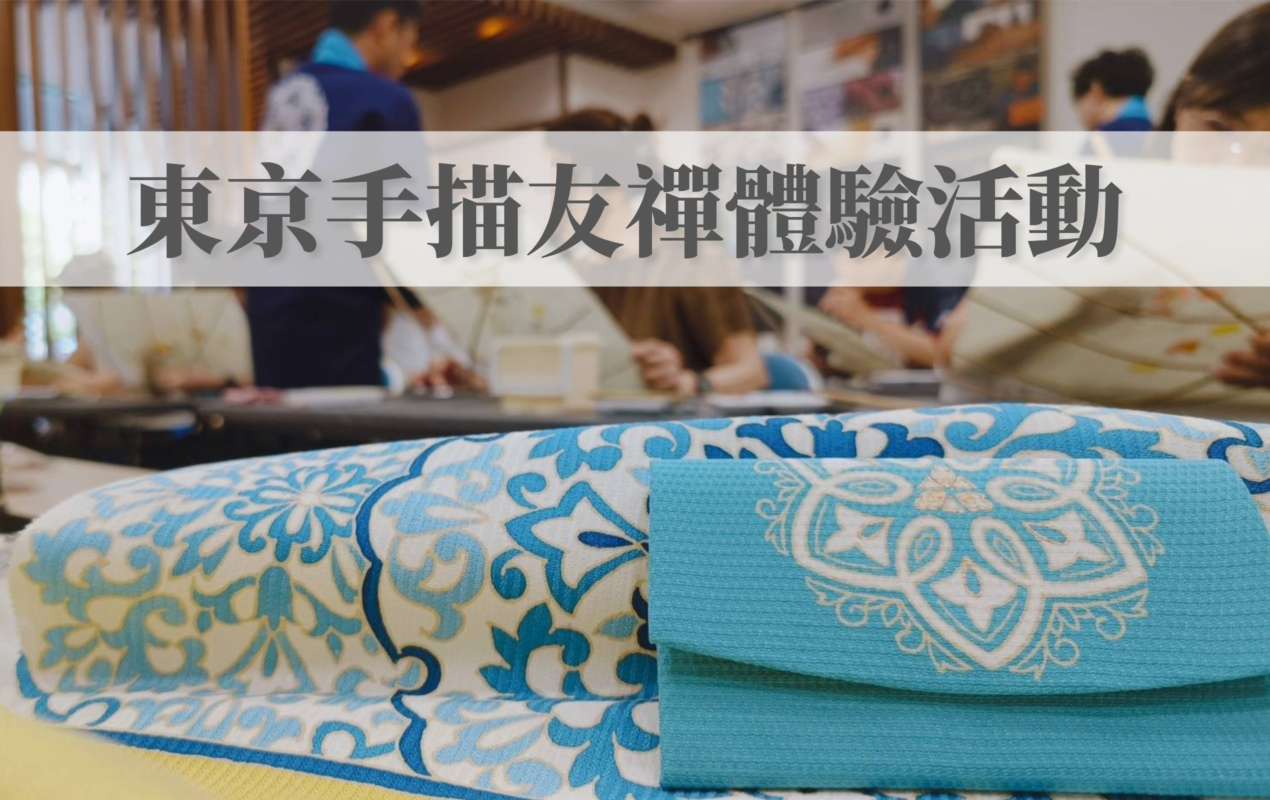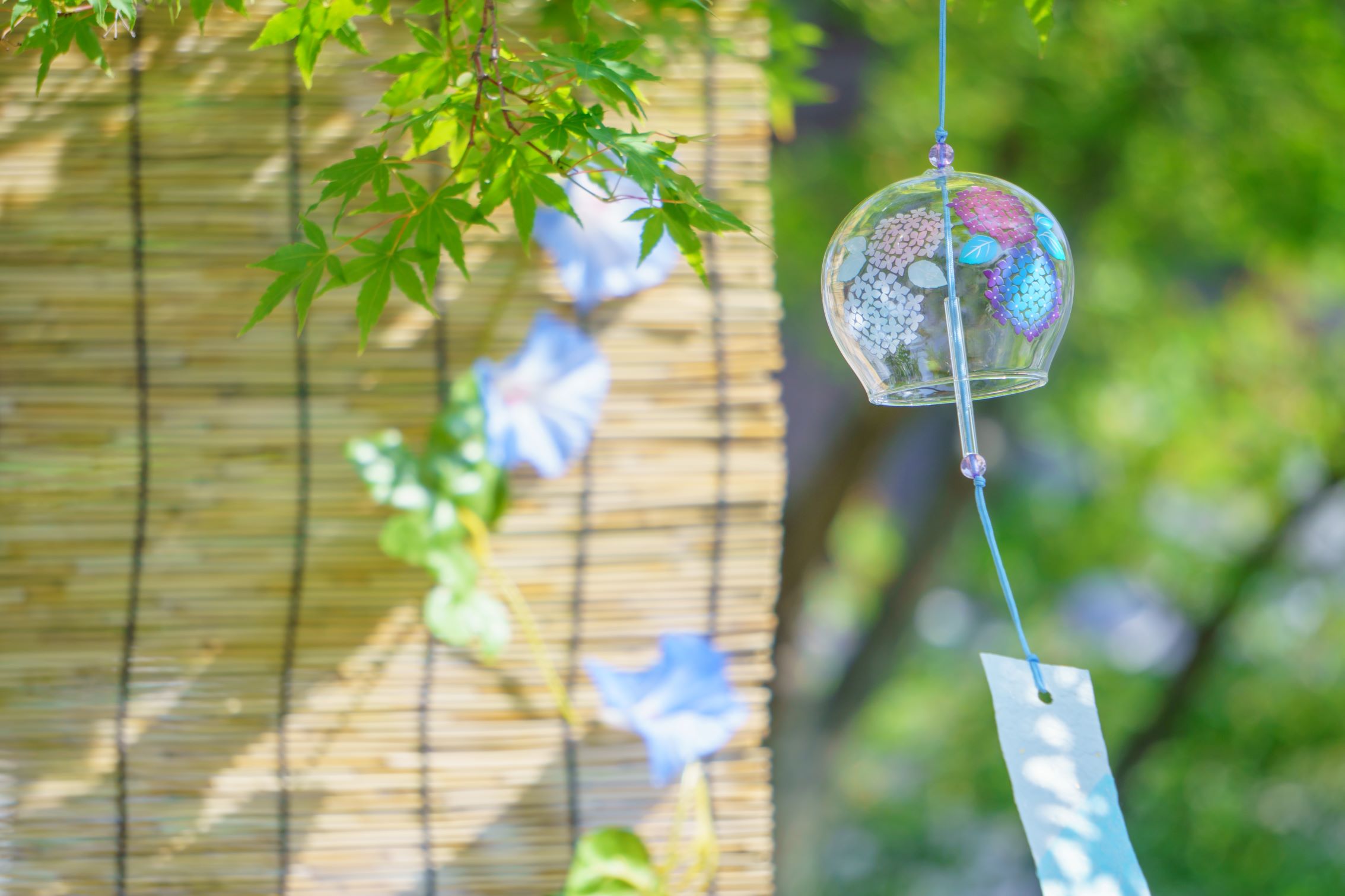Bunkyo Ward is home to the University of Tokyo, Japan's highest academic institution, and is known as one of Japan's leading educational districts. In the Meiji era, writers such as Mori Ogai and Natsume Soseki lived here.
As a result, many residents move to Bunkyo Ward to pursue higher education or are themselves educators or researchers, and the educational background and social status of the ward's residents is said to be of a high standard. In addition, Bunkyo Ward often ranks first in company rankings of the 23 wards in terms of public safety due to its low crime rate, which is thought to be largely due to the fact that the ward is an educational area with few busy shopping streets, as well as its residents' characteristics.
The district is also popular as a place to live, with a sense of security, an educational atmosphere, and many areas with a downtown charm and a relaxed mood. Although the ward is small in terms of area and population, it can be said to be an attractive place to live.
The southern part of the ward is a national leisure area centred on the Tokyo Dome, while the western part of the ward is an area of old streets known as Yanesen, which attracts many tourists for walks and leisure activities.
Nishikata to Hakusan direction
The University of Tokyo
■1 Pre-modern Bunkyo Ward
Let us now unravel the history of Bunkyo Ward.
Bunkyo Ward lies mostly on a plateau called the Musashino Plateau. Before the Jomon period, the coastline was located near the present-day University of Tokyo, and areas such as Nezu and Sendagi were the sea. As a result, many shell middens and other remains from the Jomon and Yayoi periods have been found in the area, and potteries found in Hongo Yayoi are the origin of the term 'Yayoi period'.
From the Heian to the Warring States period, Bunkyo Ward was covered with farming villages and there were no large towns. It is known that there were small settlements in Yushima-go and Hitou-go (present-day Kohinata).
The Nezu Shrine is the oldest shrine in Bunkyo Ward and is designated as a National Important Cultural Property. It is said to have been founded around the 2nd century, and the prevailing theory is that it was named after 'Tsu no Ne', meaning the border between the sea and land, and that in the 5th century Yushima Tenmangu Shrine, which is also widely known as Yushima Tenjin, a shrine dedicated to Sugawara no Michizane, the God of Learning, was also founded here.
The Nezu Shrine
Monument to the discovery of Yayoi potteries
■2 Bunkyo Ward in the Edo period
In the Edo period (1603-1867), many residences of feudal lords were established in Bunkyo Ward. Typical examples include the Kaga clan's Kamiyashiki (Tokyo University) and Mito clan's Kamiyashiki (Korakuen), the Bingo Fukuyama clan's Nakayashiki (Nishikata), the Joso Kururi clan's Shimoyashiki (Chinzanso) and the Hosokawa clan's Shimoyashiki (Higo Hosokawa Garden) in the Kumamoto clan.
With the expansion of Edo, the areas around shrines and temples also prospered. Commercial areas for worshippers developed in Nezu and Hakusan, and a gateway town sprang up in front of Dentsu-in Temple and Gokoku-ji Temple, both of which were built as temples associated with the Tokugawa family. With the opening of the Nakasendo Route, towns along the road also developed, and roadside commerce flourished in Hongo, the junction of the Nakasendo Route and Nikko Onarimichi Route, and Yushima, where Yushima Tenmangu Shrine is located.
As the culture matured, Japanese gardens with recreational elements were created in many places, including Korakuen Garden in the Mito Domain compound, Rikugien in the former Kaga Domain compound and Koishikawa Goyakuen in the former Tokugawa Tsunayoshi Palace compound.
During the Edo period, Bunkyo Ward also had important infrastructure to support life in Edo. The Kanda River, which flowed through the southern end of the ward, diverged from the water supply near the present-day Chinzan-so and flowed almost horizontally down to Edobashi and Suido-cho, before crossing over the main Kanda River south of Korakuen and being fed into Edo City. The place name Sekiguchi, which remains today, is a remnant of this junction.
The foundation of the area as an educational area was also formed in the late Edo period. The Shoheizaka Academy in Yushima was originally the family school of the Hayashi family, whose founder was Hayashi Razan, a Confucian scholar who served the Tokugawa shogunate.
'Copy of Edo Soro Korakuen Road Map', from the Kyoho era onwards, National Diet Library collection
Kanda River and Chinzan-so
■3 Bunkyo Ward from the Meiji period to the pre-war period
The Meiji Restoration established 15 wards and 6 counties in the Tokyo Prefecture, and in 1878, Koishikawa and Hongo wards, the predecessors of Bunkyo Ward, were created.
During this period, the area underwent a major evolution as an educational area. The Shoheizaka Gakumonjo was abolished and the Kaiseijo (Kaisei School, Tokyo Kaisei Gakko) and Igakusho (Igakko, Tokyo Medical School), which had been teaching Western studies, took over its functions as the highest academic institution (hence, the University of Tokyo is based on these two and the Shoheizaka Gakumonjo). The University of Tokyo was established in 1877 on the site of the Kaga Clan's residence as the 'Governmental University of Tokyo' and has remained the highest academic institution in Japan to the present day.
On the site of the defunct Shoheizaka Gakumonjo, the Normal School and Women's Normal School were established. These later became Tsukuba University and Ochanomizu University. Around the same time, many schools were established in Bunkyo Ward and the area made great progress as a place of learning.
In the Meiji era (1868-1912), literary giants associated with the University of Tokyo, such as Soseki Natsume and Ogai Mori, lived in the ward and engaged in friendly competition with each other. Higuchi Ichiyo, Kawabata Yasunari, Masaoka Shiki, Koizumi Yakumo, Tsubouchi Shoyo, Ishikawa Takuboku and others also lived nearby. With the spread of printing technology, the printing and publishing industry also flourished in the ward, and many publishing companies gathered in Bunkyo Ward, including Kodansha, which was born in Sendagi and moved to Otowa. Many printing factories also sprang up in the Suido-cho area along the Kanda River, which was blessed with water transport and industrial water.
However, in the Taisho era (1912-1926), Bunkyo Ward was severely damaged by the Great Kanto Earthquake and many buildings were destroyed by fire. Furthermore, in 1945, the Tokyo Air Raid also caused extensive damage, especially in the southern part of Bunkyo Ward. The areas around Yanesen and the University of Tokyo were spared from damage and many pre-war buildings remain today.
Yushima Seido (a sacred temple)
Ruins of the cat house
■4 Post-war to the Present Day
After the war, in 1947, when the wards of Tokyo were reorganised into 22 wards, Koishikawa and Hongo wards were merged to form the current Bunkyo Ward.
In 1949, the Korakuen Bicycle Racetrack opened next to the stadium and became one of the busiest bicycle racetracks in Japan.
In 1972, the Korakuen Bicycle Racetrack was closed and in 1988, the Tokyo Dome opened on the site of the former racetrack as Japan's first indoor baseball stadium. To this day, it is home to the Yomiuri Giants baseball team. After the completion of the Dome, the Korakuen Stadium was demolished and the Tokyo Dome Hotel and other facilities were built on the site.
In recent years, condominium developments have also been built in various parts of the city in response to its growing popularity as a residential area. One of the most large-scale was the Bunkyo Garden, completed in 2021-22, where a 40-storey condominium and three other buildings were built, becoming a new landmark in Bunkyo Ward. Future development of the Koraku 2-chome area is also planned.
On the other hand, the Yanesen area, which was spared from air raids, still retains old wooden buildings, shrines and temples, and has attracted attention in recent years as a town for strolling. The ward is also home to many seasonal events and festivals, such as the Bunkyo Azalea Festival at Nezu Shrine, the Bunkyo Hydrangea Festival at Hakusan Shrine and the Bunkyo Morning Glory and Hozuki Market at Denzu-in Temple, which have attracted attention from overseas tourists.
Tokyo Dome
Bunkyo Garden
■5 Bunkyo Ward Over the Coming Years
With a long history backed up by its long history as an educational district and a wide choice of higher education options, Bunkyo Ward has become increasingly popular as a 'city to live in' in recent years, and its population continues to grow: the population in January 2023 was approximately 230,000, compared with approximately 200,000 in January 2013, so the population has increased by more than 10% in ten years.
On the other hand, the popularity of the area as a 'strolling town' for the well-travelled is expected to increase, as people can enjoy a quiet stroll in the town despite its proximity to the city centre, and many historical buildings, such as the Tokyo University Red Gate and Yushima Seido, are still well preserved. Yanesen, Honkomagome, Hongo and Mejirodai may be particularly attractive to seasoned travellers as places where they can see 'good old Japan'.
Slope below the Hosokawa residence
Nezu Shrine
■Mini Column
Tokyo Rattan Craft is one of the traditional crafts designated by the Tokyo Metropolitan Government. Rattan is a more flexible material than bamboo, and although rattan chairs and baskets are the mainstream these days, it was used in the Edo period for woven umbrellas, pillows and sandals, and in older times for sword and spear handles, brushes and shakuhachi (bamboo flute), and has a close relationship with Japanese culture. Its cool, refreshing feel is favoured in the hot and humid Japanese summer, and it is still used in a variety of places today.
Kiuchi Rattan Material Industry, which has a workshop in Sengoku, Bunkyo Ward, produces rattan rugs that are comfortable on bare feet, rattan fans that open wide in a circular shape using the rattan craft techniques of 'maki' and 'kurashi weaving', and rattan and Japanese paper fans that are flexible, soft and comfortable to fan by combining rattan and Japanese paper (Hosokawa paper, an intangible cultural heritage), among other crafts combining tradition and innovation. The company also produces products that combine both tradition and novelty.
Folding fan
Fan


